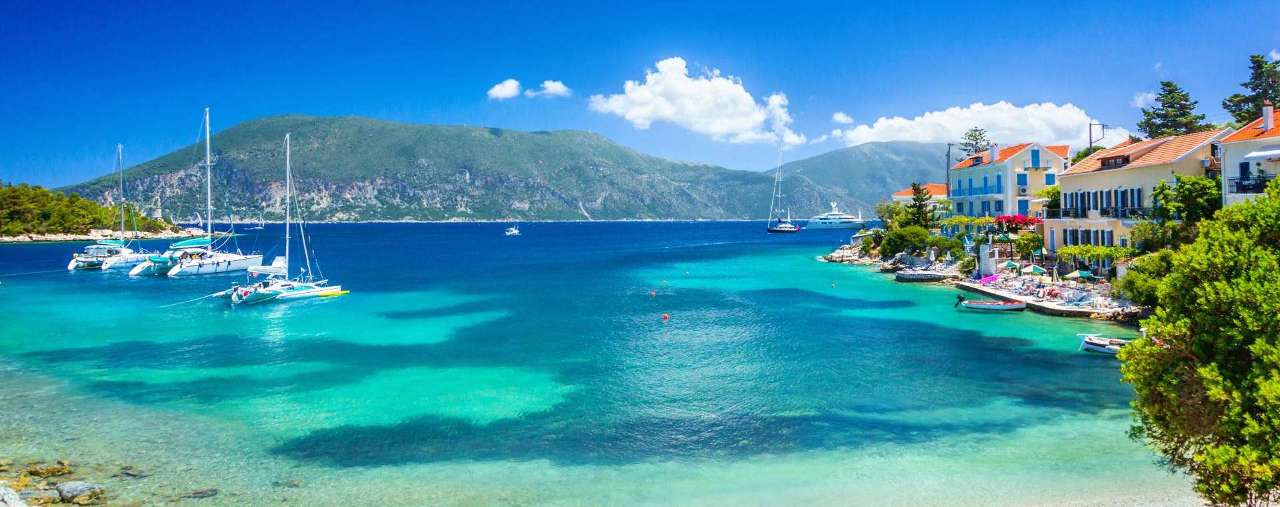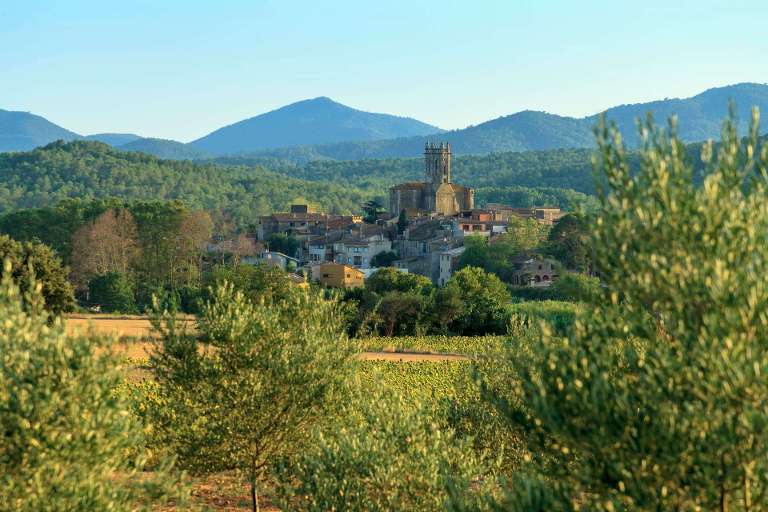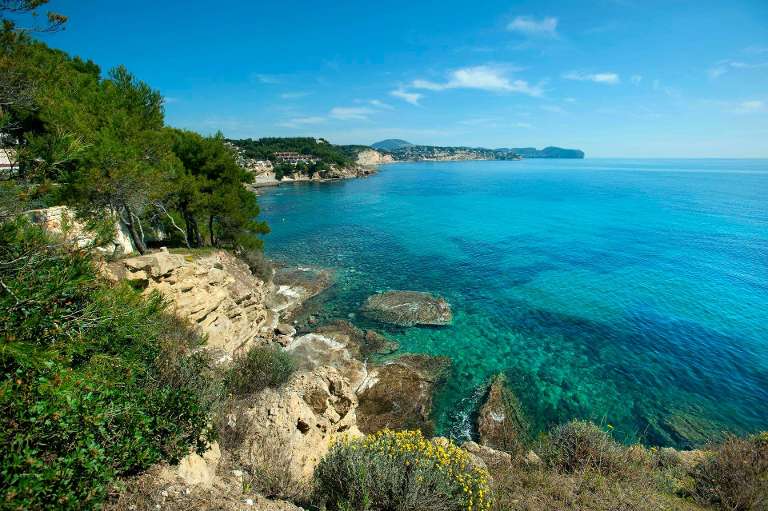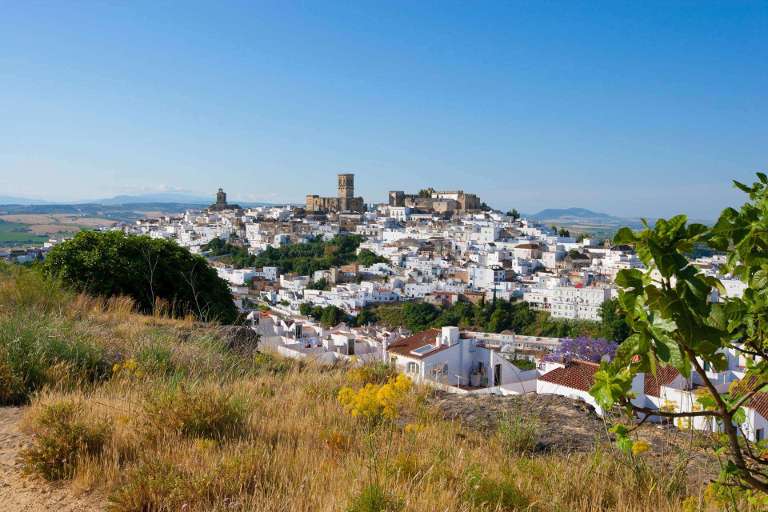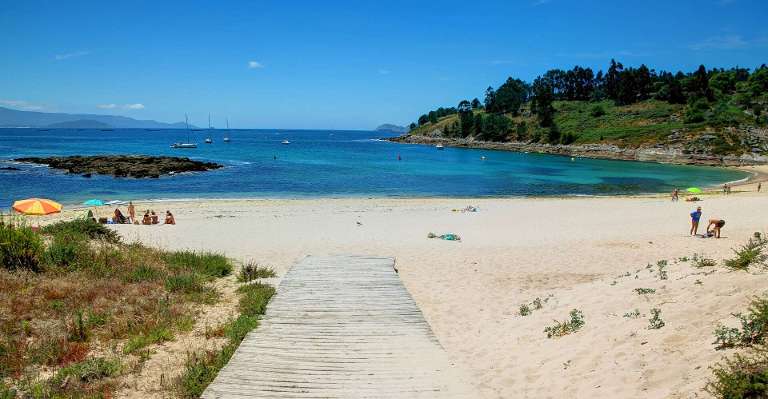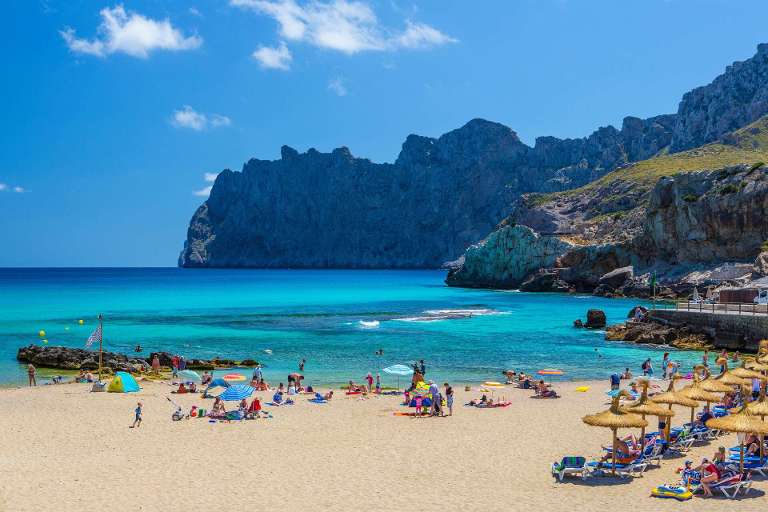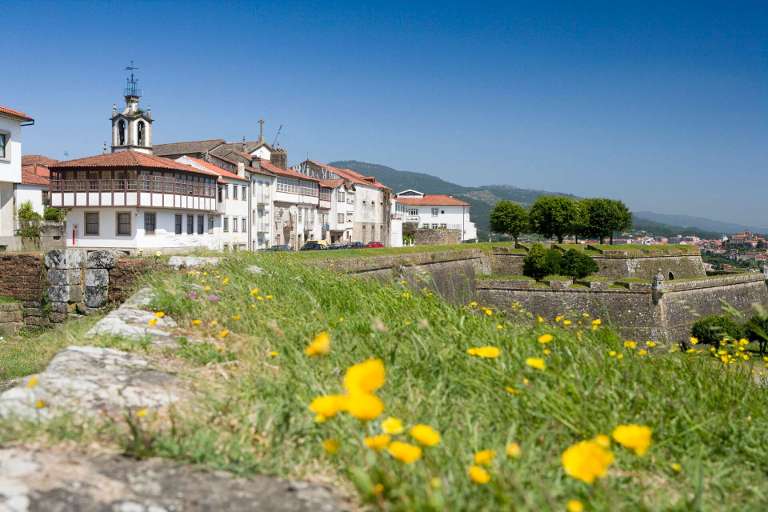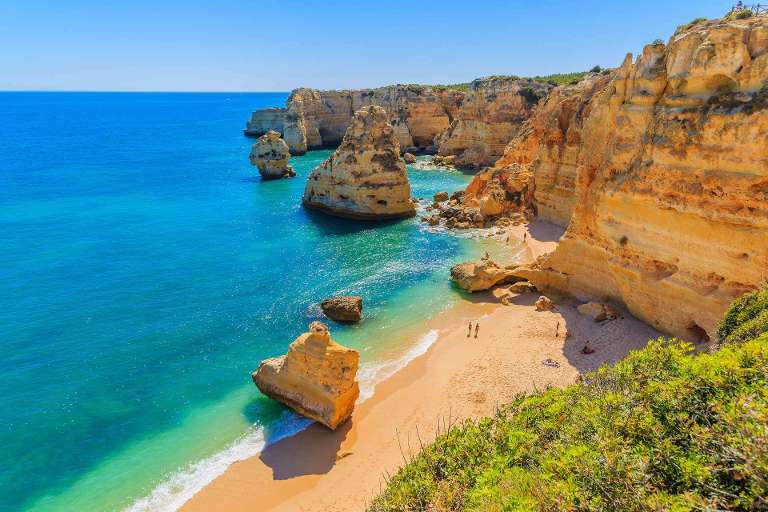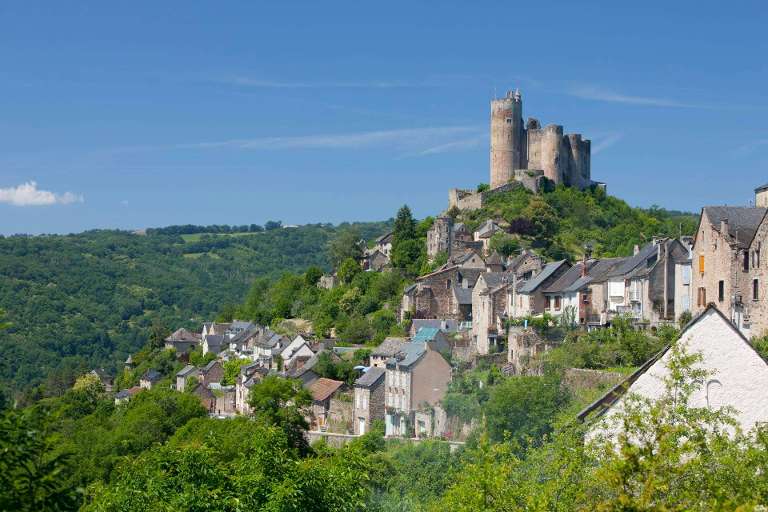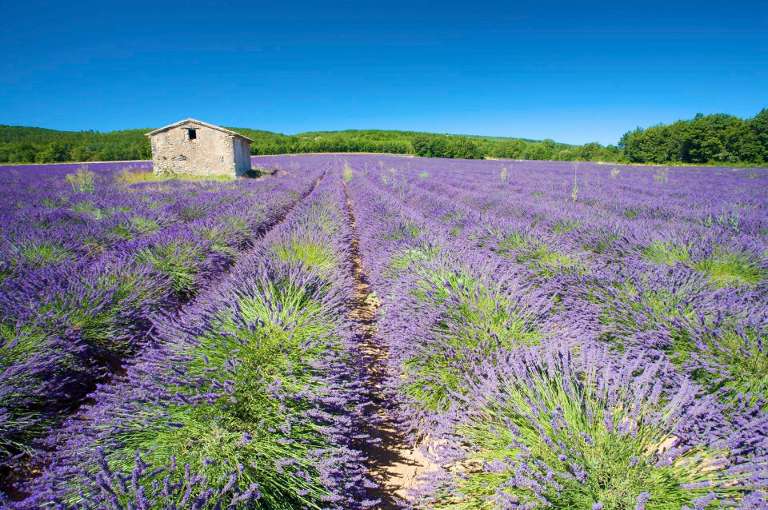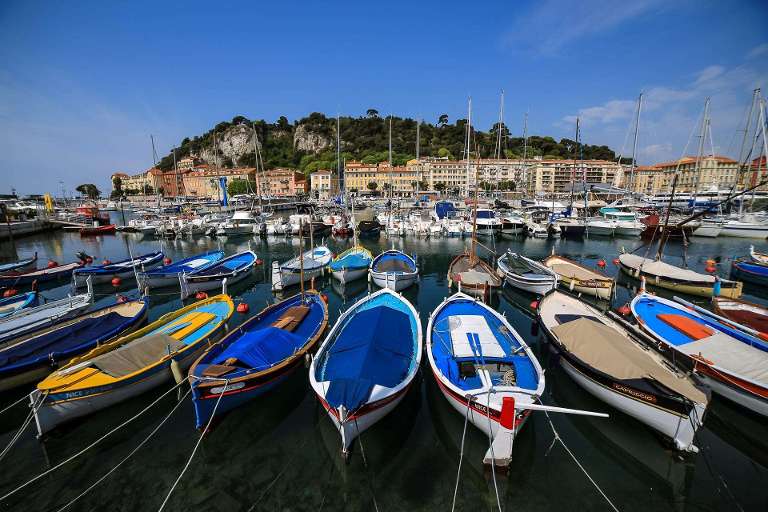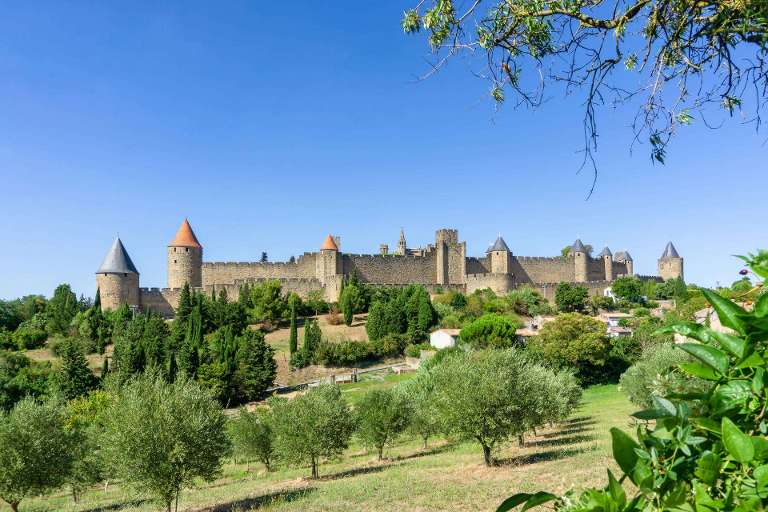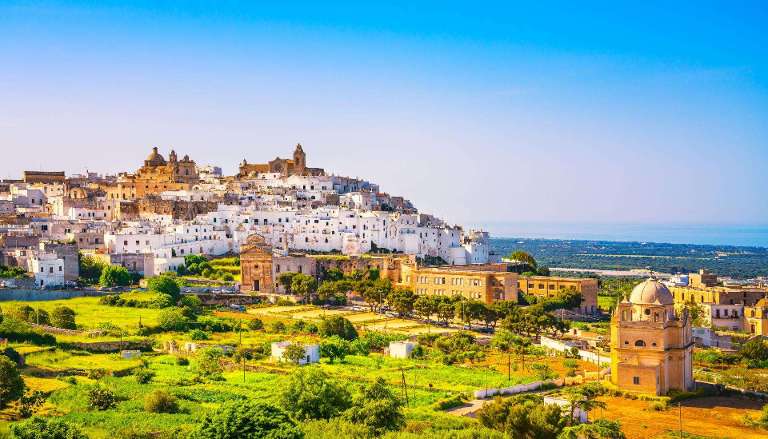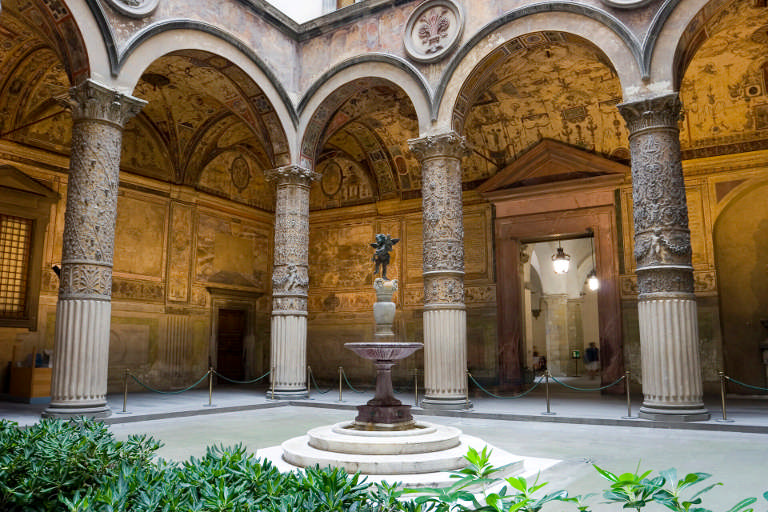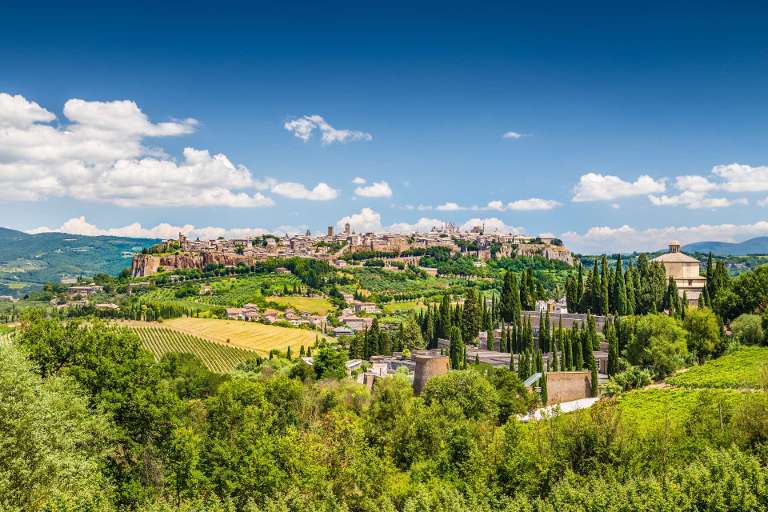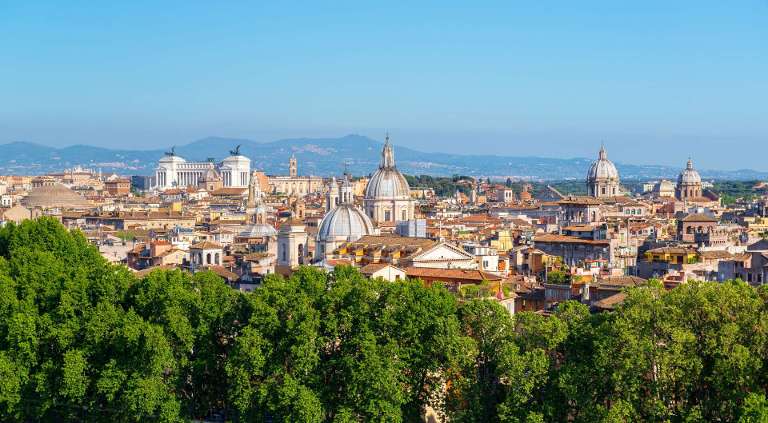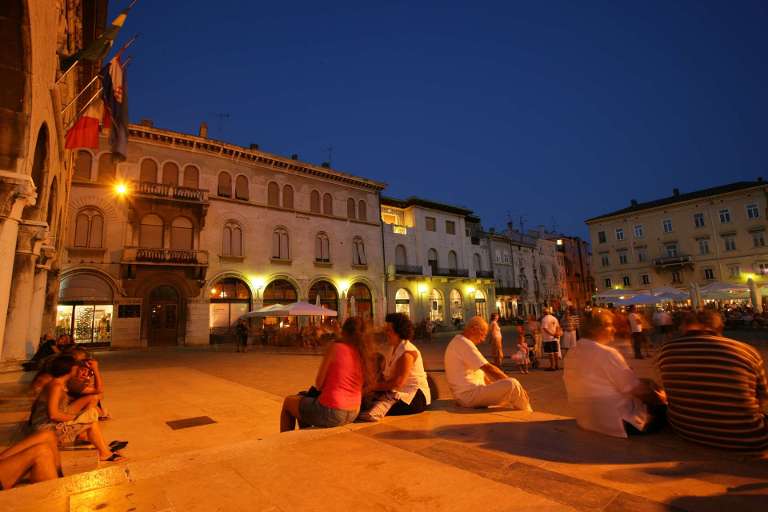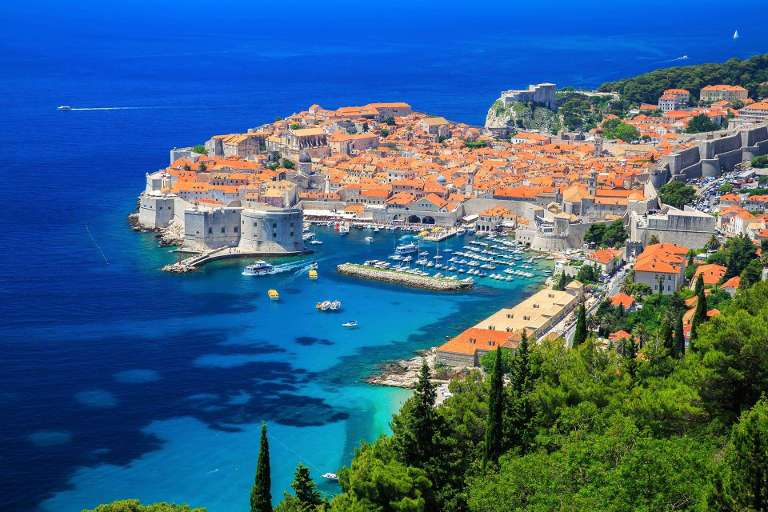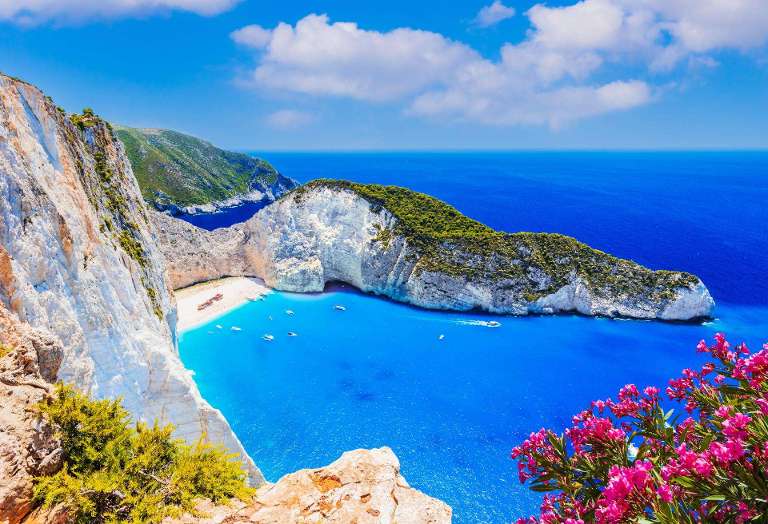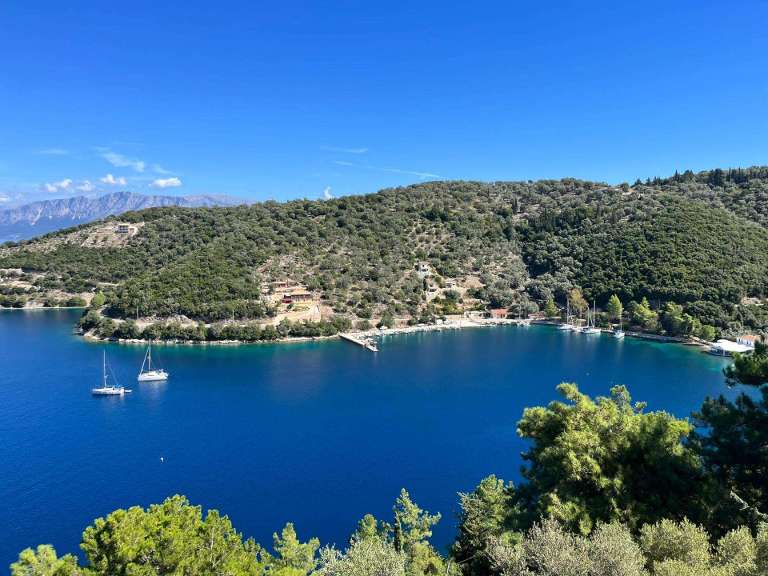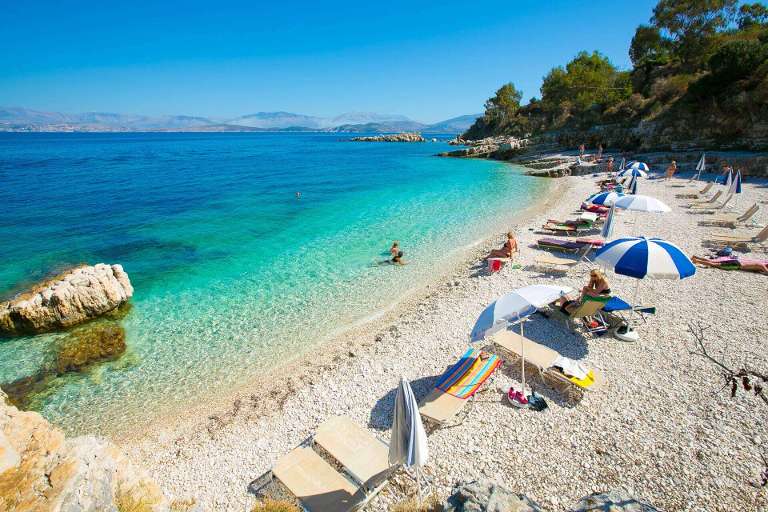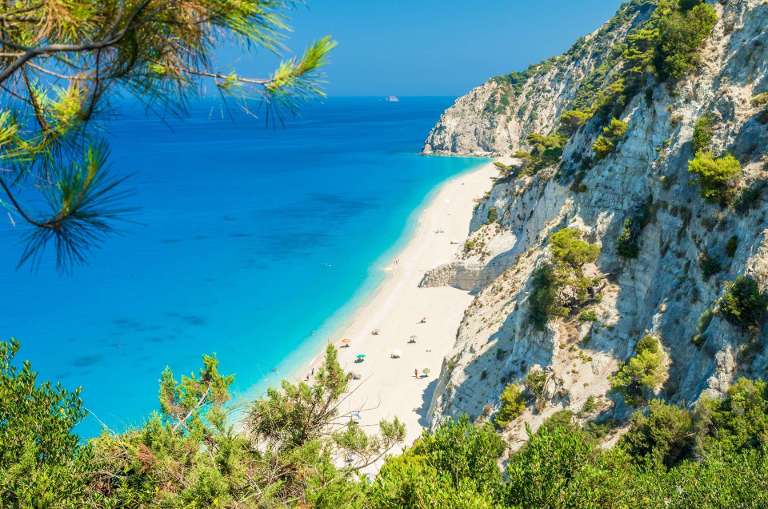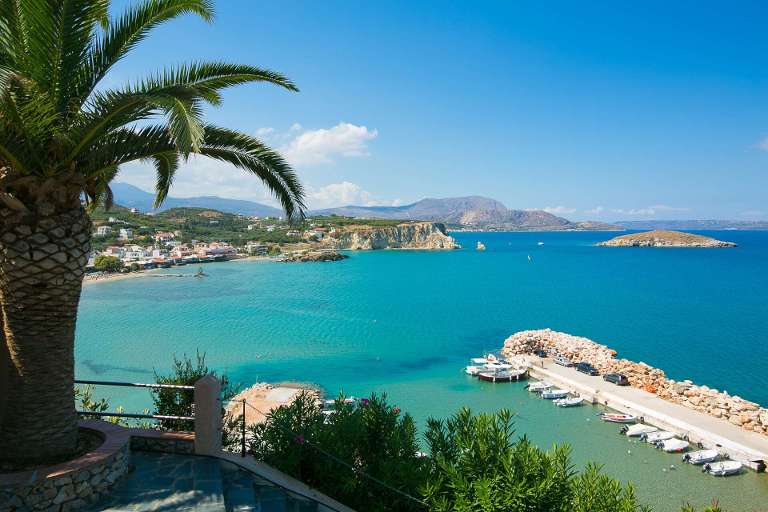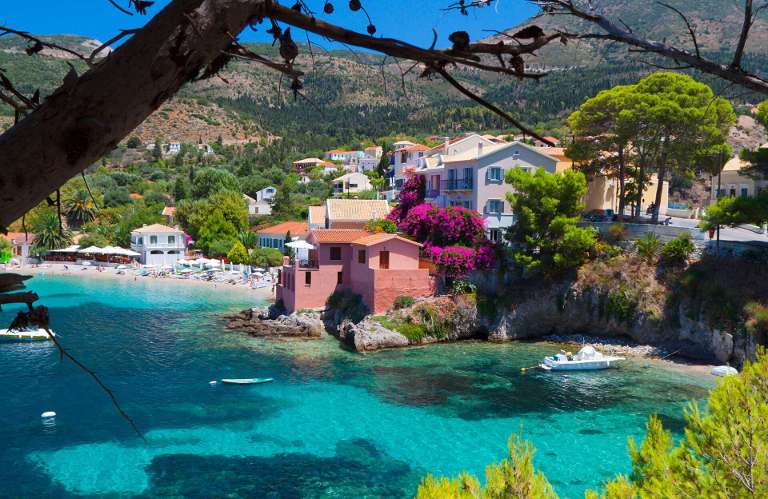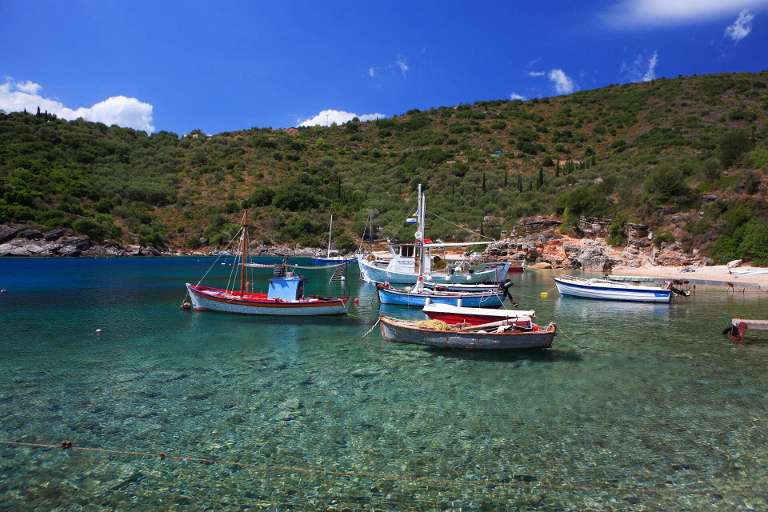Your Perfect Holiday
From the beautiful sandy beaches of the Algarve to the rolling hills of Tuscany, here at Vintage Travel we have the perfect holiday waiting for you.
With a wide range of stunning handpicked villas across the most popular destinations to choose from, we are guaranteed to have the ideal retreat to suit your needs and budget.
Whether you’re looking to visit Spain – including the Balearic Islands and the Canary Islands – or a less traditional destination such as the popular Dubrovnik when you visit Croatia, give us a call to hear about the beautiful locations we have to offer.
Many love to visit Portugal to sample the local port and fresh seafood, or why not visit Greece this year and explore its stunning, diverse scenery.
We know the choices can be daunting, especially if you’re trying to satisfy the needs of a large group, and that’s where the team at Vintage Travel come into their own.
If you’re undecided, why not give us a call and a member of our friendly, expert team can guide you through our destinations, the unique features of our villas and the quirks of each stunning location to match you with your perfect getaway.
Visit France, Italy, Turkey and more - call us today on 01954 261 431, or email us at holidays@vintagetravel.co.uk, and let’s start creating your perfect holiday.



